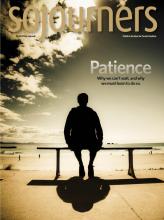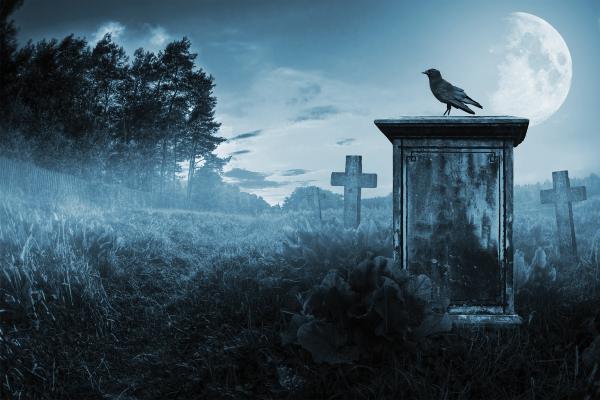ABOUT 20 YEARS AGO, just after she and her husband had bought a house in the countryside outside of Louisville, Ky., Kathleen Driskell returned home from the grocery to find her driveway filled with cars. With one arm grasping bags of food and the other holding on to her young son, she looked around to see what was happening. Mournful figures in dark coats were moving back and forth in the lot next door to her house. And then her eyes rested on something that made her jaw drop: a hearse.
On one hand, Driskell shouldn’t have been surprised. The house she and her husband purchased was actually an old country church dating from the 1850s, which they had begun converting into a home, transforming the sanctuary into an open living and dining room and using the honey-colored pews to build a staircase. Like most rural churches from the 19th century, it was right beside a graveyard. But the old preacher who sold them the building had assured them it was no longer in use, that there would be no more burials. “I asked him flat out,” she recalls with a smile. “And he said that it was full up and it’s been full up.”
Over the years, there have been eight or nine more burials in the graveyard next door. But after recovering from her initial shock at happening upon that first scene, Driskell realized that she didn’t mind. “I just don’t think about graveyards that way,” she says. “I never really have thought about them as being spooky places.” Instead, she has found herself inspired by the cemetery and its dead—so intrigued, in fact, that she has written a poetry collection about her experience with her “neighbors,” as she calls them, documenting her literal and imaginative walks among the tombstones.
Read the Full Article

